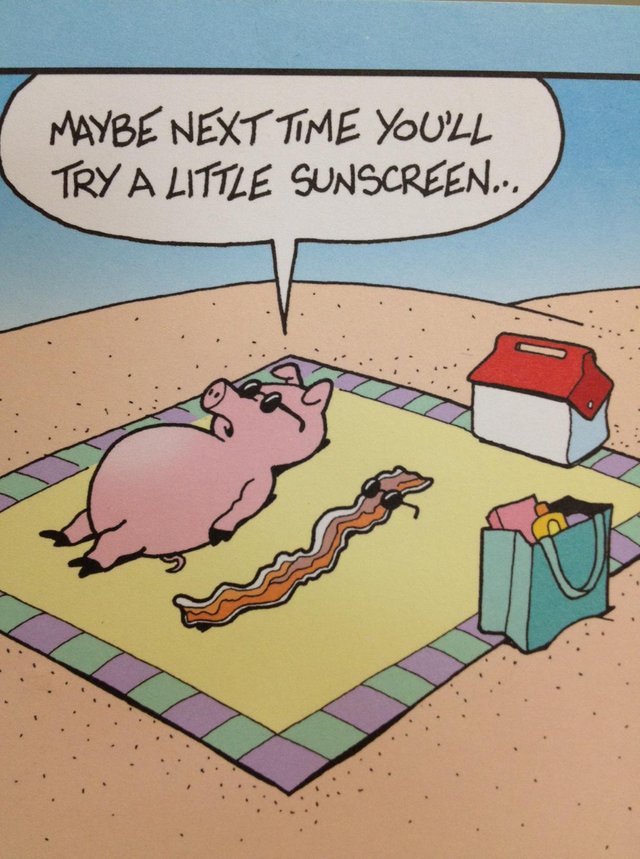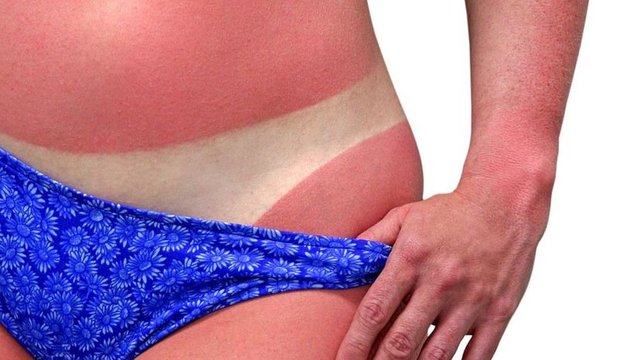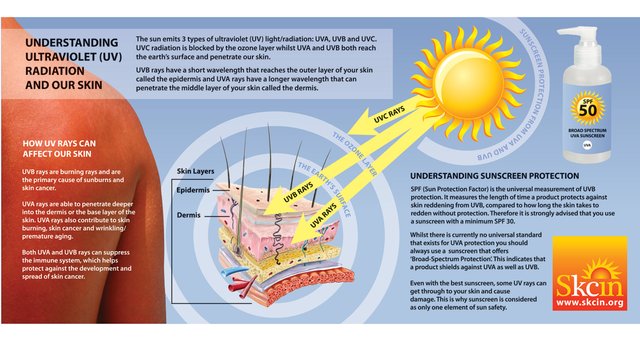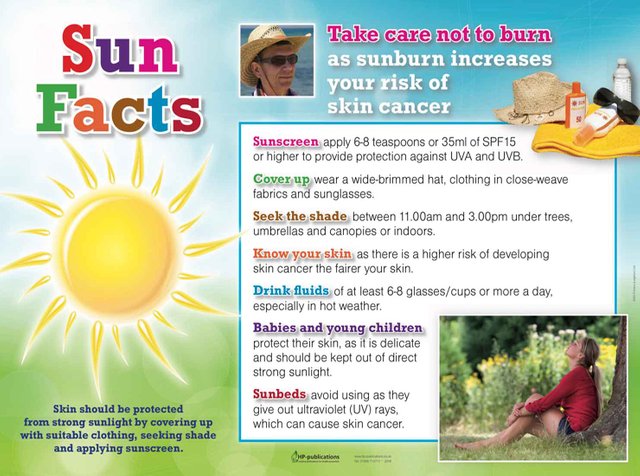Summer, sun, long walks on the beach, shirtless volleyball, pool parties, a golden sun-kissed tan, holiday fun...oh how wonderful that sounds as opposed to covering up all winter long. The first summer outing after a cold winter is always so refreshing and much deserved (to me, that is). I'm definitely not a winter person - I can't stand feeling cold and although my skin is as white as milk, I just love getting that warm, burning sensation on my skin when summer comes along. Not that there's anything wrong with that - it's a privilege to experience a natural balance between the four seasons - but man, too much of a good thing isn't always all sunshine and roses.

Overexposure to the sun is by far the leading cause of skin damage, with consequences ranging form mild sunburn to premature ageing and even skin cancer. Most sunburns are classifies as first-degree, meaning they are limited to the outer layer of the skin. More severe, second-degree burns extend into the inner layer of the skin and although painful, these burns eventually heals as the skin renews itself. The rarest form of sunburn is the third-degree burn, which damage both layers of skin as well as the underlying nerves ans subcutaneous tissue. Ouch, that's something I never want to experience!
Sun can harm skin the year round in both bright and overcast weather, but the amount of damage depends upon the intensity of ultraviolet, or UV, radiation. In the southern hemisphere, UV radiation is highest in the summer between 10 a.m and 2 p.m.

The tanning process is the body's way of protecting the skin form the sun's damage. Pigment-producing cells send an increasing amount of melanin to the skin's surface to block the harmful incoming rays. Thus, fair-skinned, blue-eyed people (like me) who do not readily tan are the most vulnerable to sunburn. Those with dark skin are also susceptible, but their layer of melanin helps protect them against sunburn.
While an occasional mild sunburn may seem harmless, research indicates that any prolonged exposure to the sun causes irreversible damage and increases the risk of cancer. Especially dangerous are blistering sunburns suffered in childhood. Even one or two at an early age can more than double the risk.

There are many ways to protect our skin against the dangers of sunburn - by no means should we avoid the sun as it benefits our skin too. There's nothing wrong with the occasional tan but we should always do it responsibly (like with all good things in life).


when my vitamin D gets down to 8, my doctor told me to stand in the sun for 2hrs. Especially in 12'o clock. Sun rays are the best source of vitamin D and of course, don't apply any sunscreen.

Downvoting a post can decrease pending rewards and make it less visible. Common reasons:
Submit